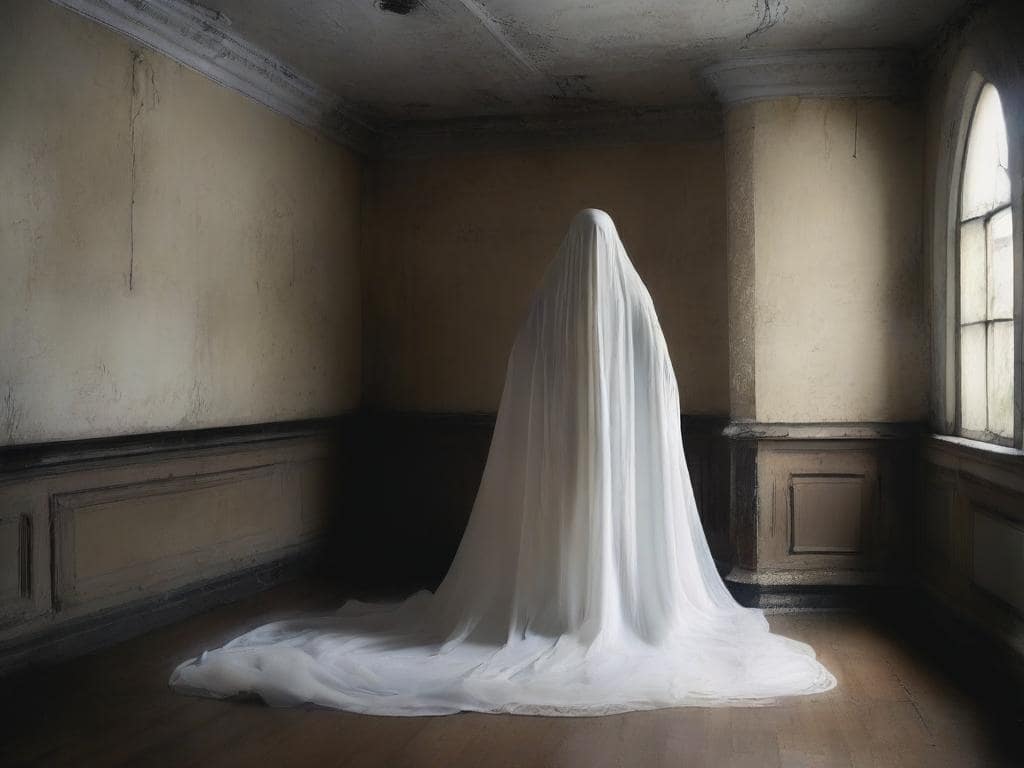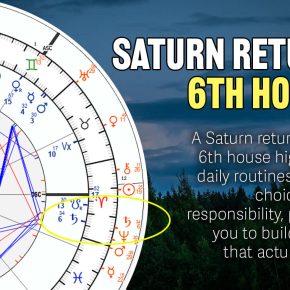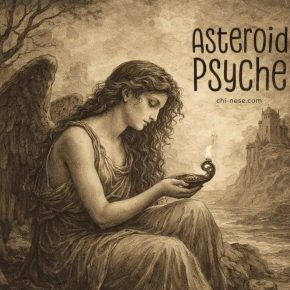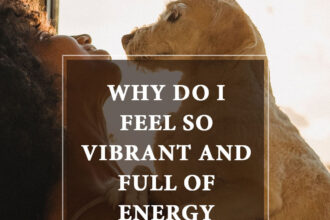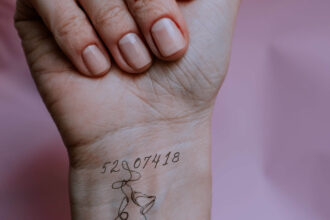You probably know the image: a floating figure in a plain white sheet, two eye holes cut out, drifting across a hallway or haunting a Halloween party. From Halloween costumes to old ghost stories, the “sheet ghost” has become the face of the supernatural. It’s a symbol we all recognize instantly, but where did it actually come from? Why a sheet, of all things? The story stretches back through old burial practices, centuries of folklore, and the way we’ve always tried to give shape to what we fear most: the unknown.
The Origins of the “Sheet Ghost”
In European folklore, ghosts were usually described as pale, shadowy figures, beings that lacked color or life. Over time, that pale outline became associated with white fabric, especially in plays where actors needed something simple to represent a ghost. Draping a sheet over the body was an easy way to make the figure stand out on a dark stage.
In the Czech Republic (where I grew up), ghostly “white ladies” were legendary. These spirits were said to haunt castle corridors at night, dressed in long, white garments that looked very much like bed sheets. Artists painted them, writers described them, and soon the “lady in white” became a staple of European ghost stories.
By the 1800s, theater productions leaned into the effect. Ghost plays often used white sheets as costumes, and audiences quickly came to expect that “real” ghosts looked the same. Writers like Charles Dickens reinforced the idea, describing ghosts in flowing white garments.
As these traditions traveled to the United States, the sheet ghost became part of Halloween culture. White sheets were cheap, available in every household, and easy to cut into costumes. By the early 1900s, the “bedsheet ghost” had become the go-to Halloween outfit.
Burial Practices & the Color White
Another reason ghosts are linked to sheets is far more practical: in earlier centuries, bodies were often wrapped in white shrouds or sheets before burial. Death was associated with whiteness, skin turning pale, lifeless, drained of color. White came to symbolize the soul, purity, and the afterlife.
Even mummies were wrapped in linen, reinforcing the association between the dead and white cloth. When people imagined a spirit rising from the grave, they pictured it draped in the same fabric it had been buried in.
Spiritualism & Theatrics
In the 1800s, the Spiritualist movement gave the sheet ghost a big boost. During séances, mediums sometimes wore flowing white fabric to imitate spirits or create eerie effects in candlelight. Theatrical trickery and mystery combined, and the image of a ghost hidden under a sheet became even more ingrained.
The sheet also plays into psychology. You can’t see what’s underneath, which leaves your imagination to fill in the blanks. And, as anyone who’s ever been spooked in the dark knows, what we can’t see often feels scarier than what we can.
So, Do Ghosts Really Look Like Sheets?
Probably not. Ghost sightings are usually described as flickers of light, shadows, or misty figures, not someone floating in Grandma’s bedsheet. The sheet ghost is more of a cultural creation than a paranormal truth.
But the image has stuck because it’s simple, effective, and unsettling. It speaks to ancient fears of the dead returning, and it draws directly from centuries of burial practices, folklore, and storytelling.
Why It Stuck With Us
The ghost in a sheet isn’t really about what spirits look like. It’s about how humans have tried to imagine and symbolize the afterlife. White represents purity, mystery, and death, and sheets were both practical burial cloths and cheap theater props. Put those together, and you get the classic ghost costume that still lingers in our imagination today. Honestly, a bedsheet might not be the fanciest look for the afterlife, but it stuck. (Sure, a curtain might drape better, but history didn’t give ghosts that option.)



